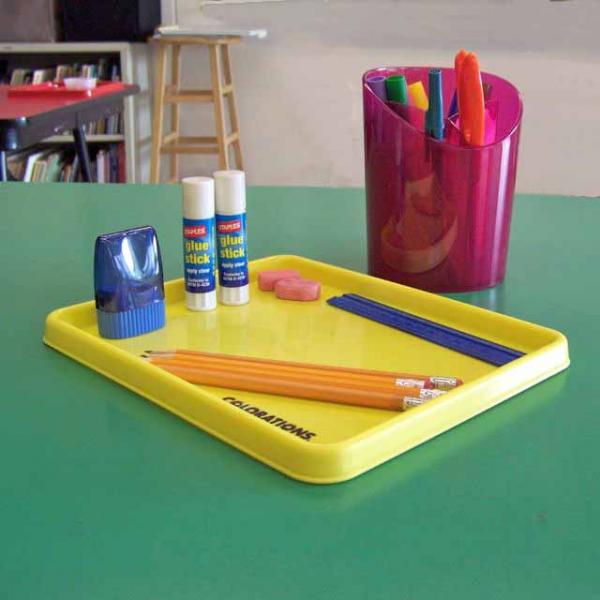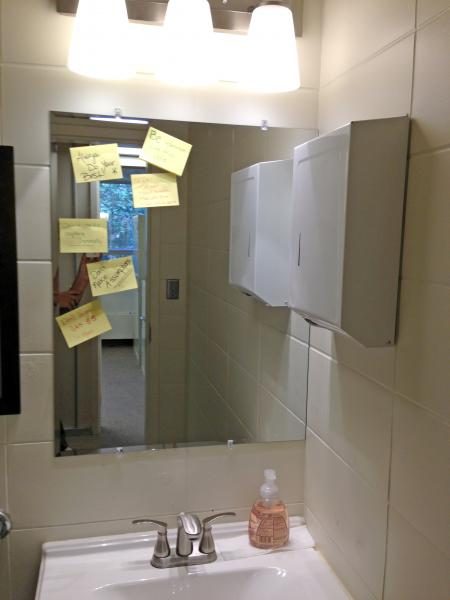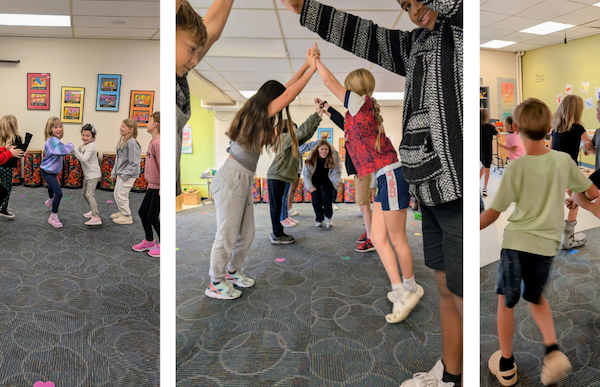
Organizational Essentials for Back-to-School: Practical Strategies That Stick
September 10, 2013The other morning I peeked into my daughter’s bathroom to flip off the light she inadvertently left on. I had to laugh as I gazed at the mirror littered with sticky notes. One was a “To Do” list, capturing three or four critical things she needed to accomplish for the day. I had to wonder if she perhaps forgot to take it with her when she left.
A second note read, *BE impeccable with my word. *Don't Make Assumptions. *Don't take anything personally. *Always do your best. “Wow,” I thought, “A keeper.” The one directly under it read, DON’T FORGET GAS $$-MOM. Well, that I know she remembered to do....
As I walked downstairs, I was thinking about her notes, and how far she had come in using this strategy to help her focus and remember important things. I also know that technology, tools such as her smartphone and laptop with assorted applications, are invaluable resources for her as she navigates adulthood. I will talk more about technology in upcoming posts, but let’s focus on list making for a moment.
The beginning of the school year is a perfect time to hand off the “remembering” baton to your child. If you find yourself endlessly running P.E. clothes, lunches, or forgotten books up to school, or hear yourself repeating “did you remember...” and “don’t forget your...” it is time to get your child engaged in making those lists and checking them twice.
List making, checking, and executing are executive function skills that encourage planning, prioritizing, and remembering, not to mention self-reflection. All of these are considered essential skills for school success.
To get your child started, you can ask for help, making a list of the top five food items she wants at the grocery, or ask him to scribe a list for you. Are permission trip slips often left at home? Have him make a note, and put it on the door or backpack. If your child needs help thinking of things to put on her list, have a brainstorming session together! If he is too young to write words, have him draw or look for clip art that is appropriate. Model this strategy, and think out loud as you create your lists on paper or using an application on your phone. Doing this will show its importance, draw attention to your processes, and allow for modeled follow through as well.
If you want to get inspired, read Life Lessons From Adorable Children’s To Do Lists.

When your child “remembers,” or you catch them writing a list on their own, and following through with getting things accomplished, make sure you give authentic praise that reinforces the desired behavior.
Happy list making!
Blogger Barbara Hunter, MEd, shares her expertise in the use of technology to support learning. If you have questions, please contact Barbara at .




